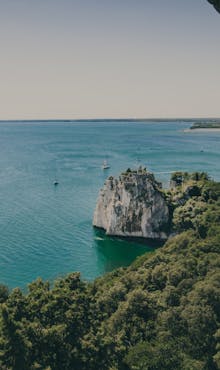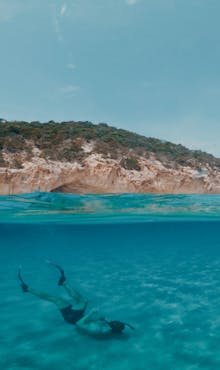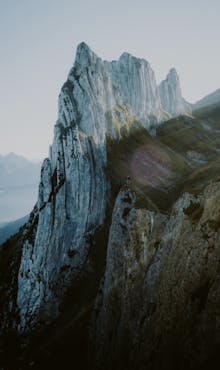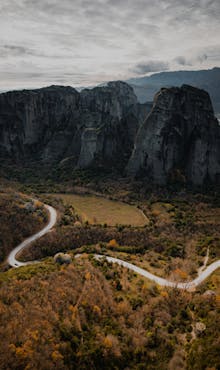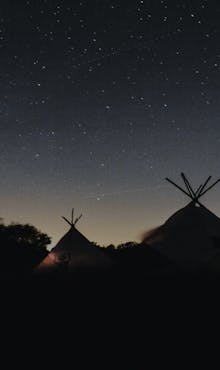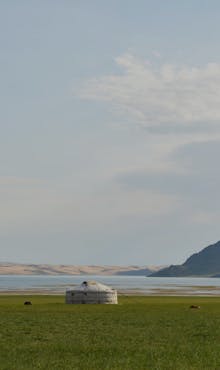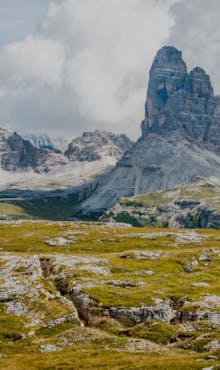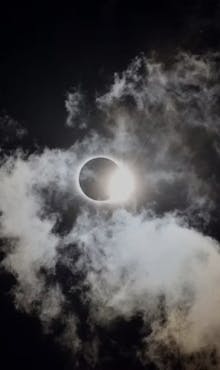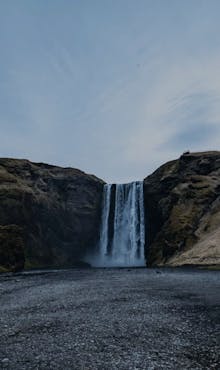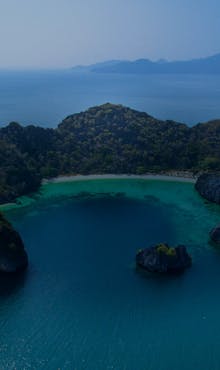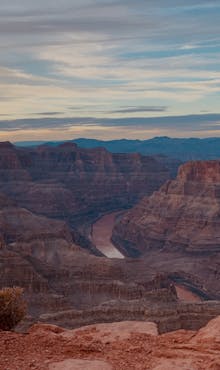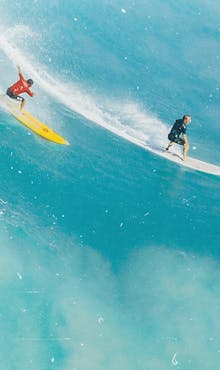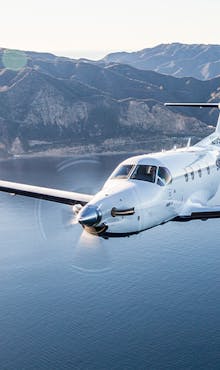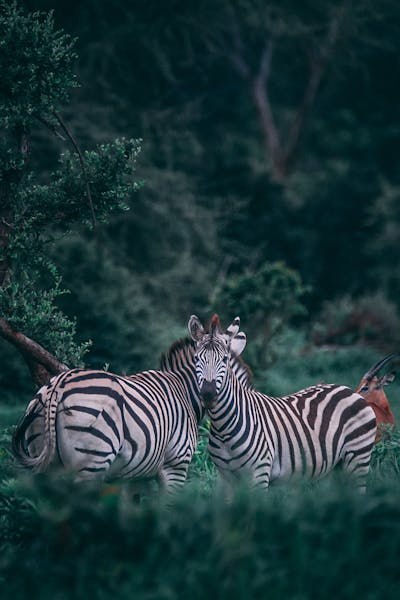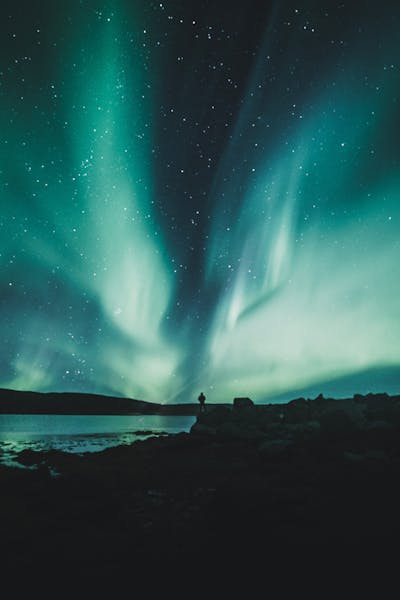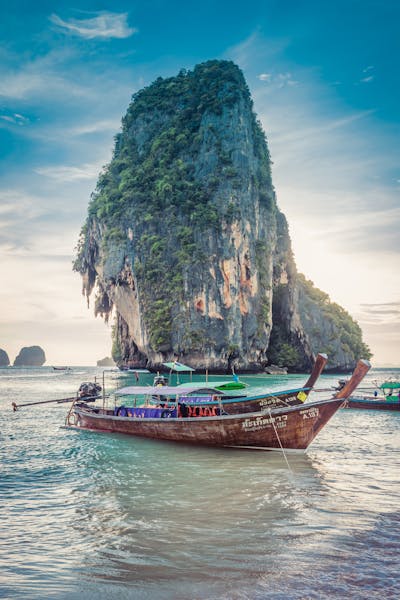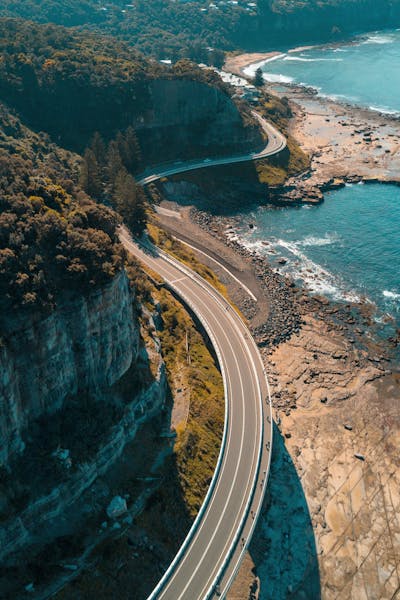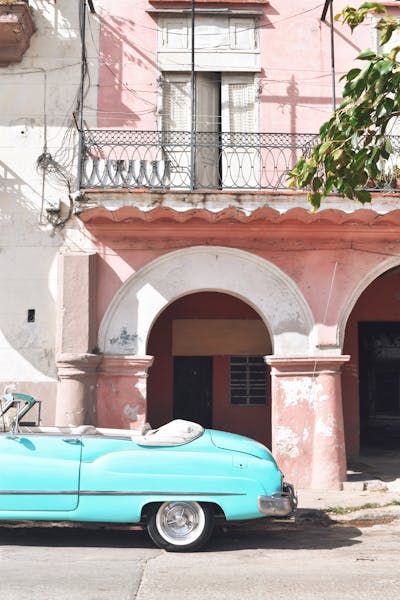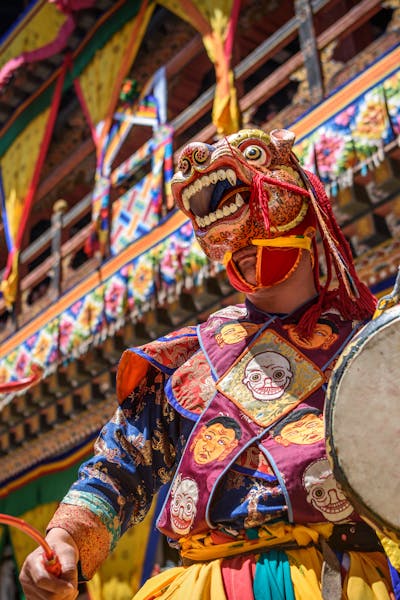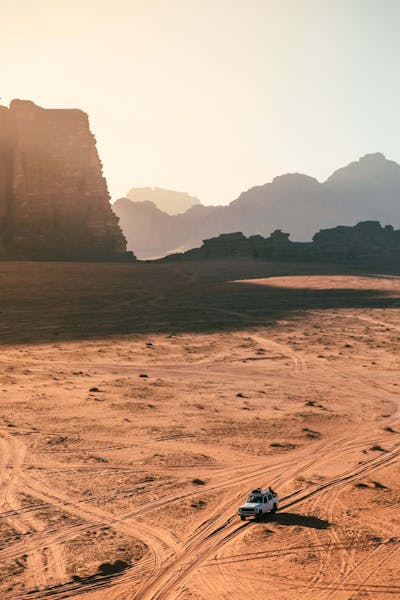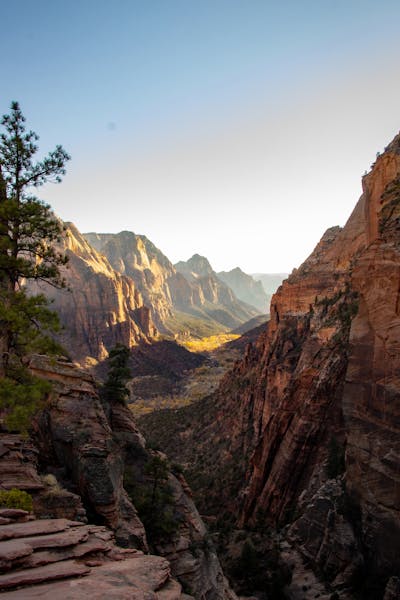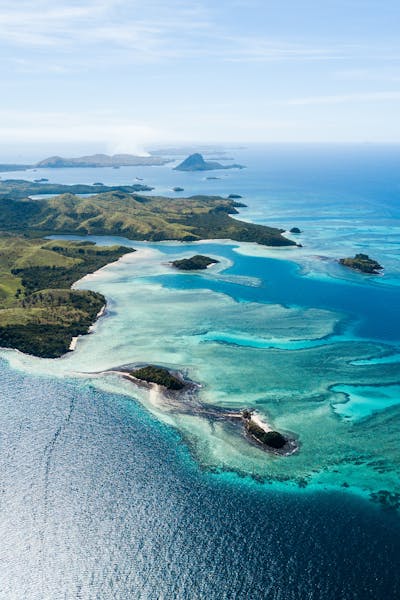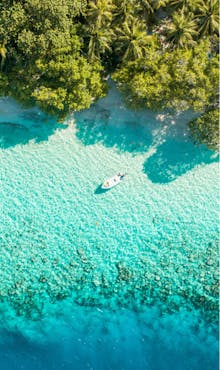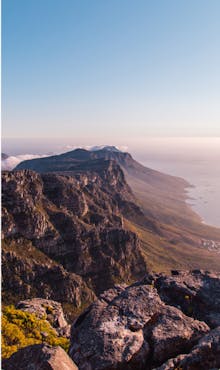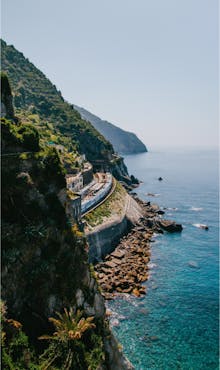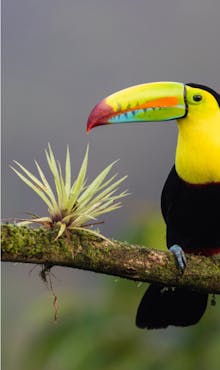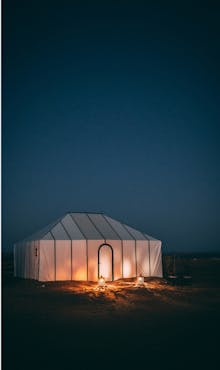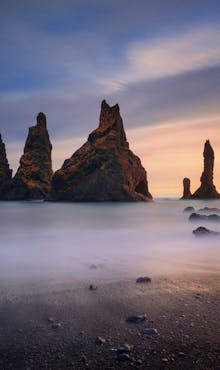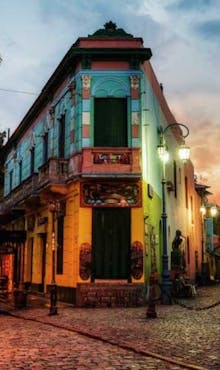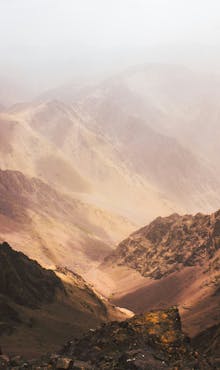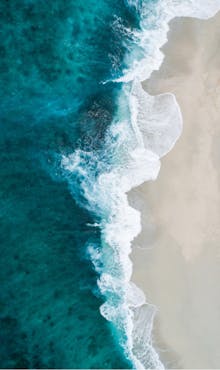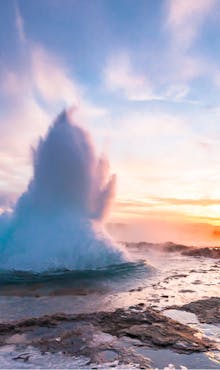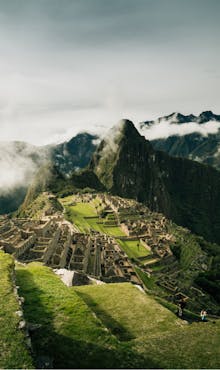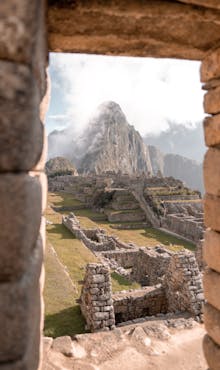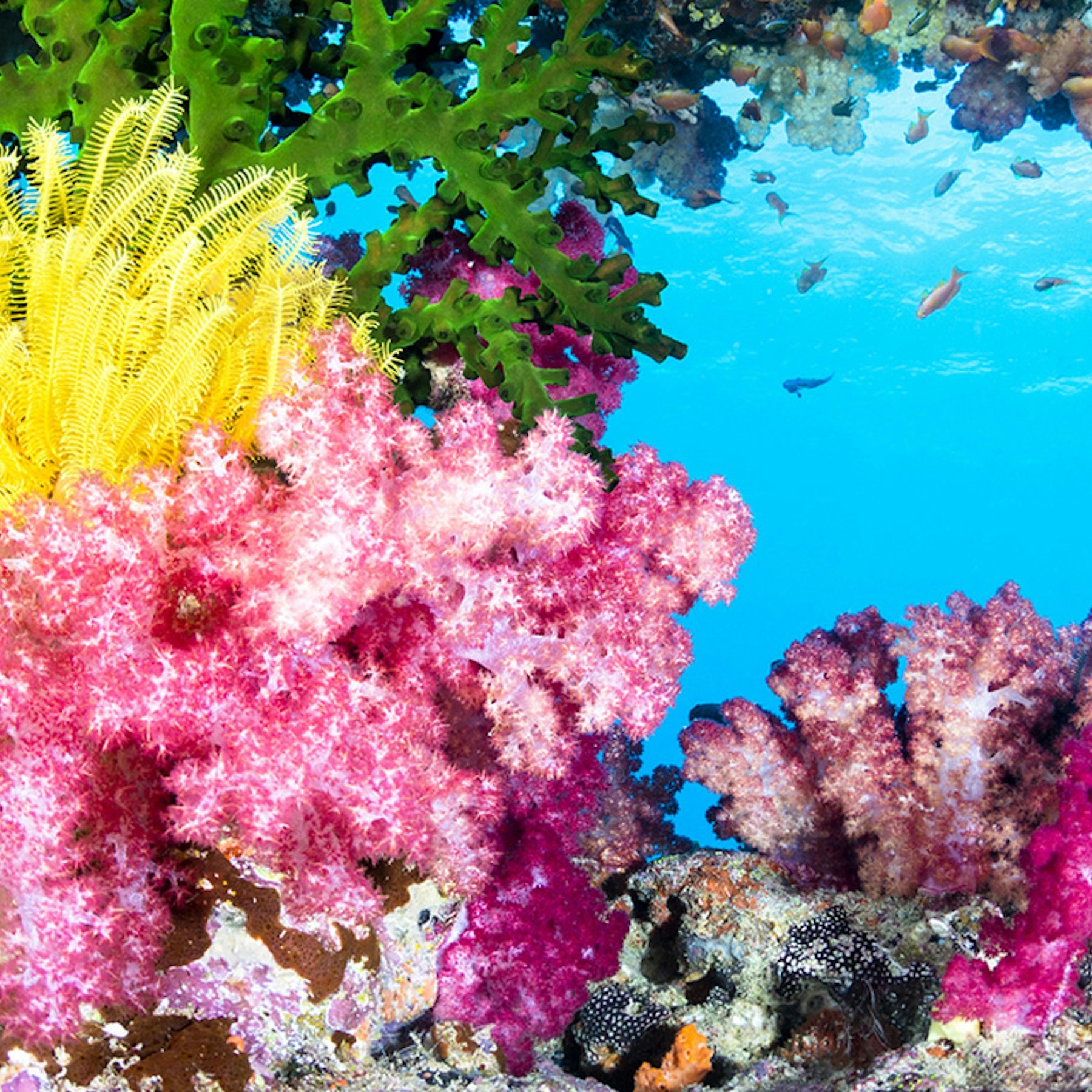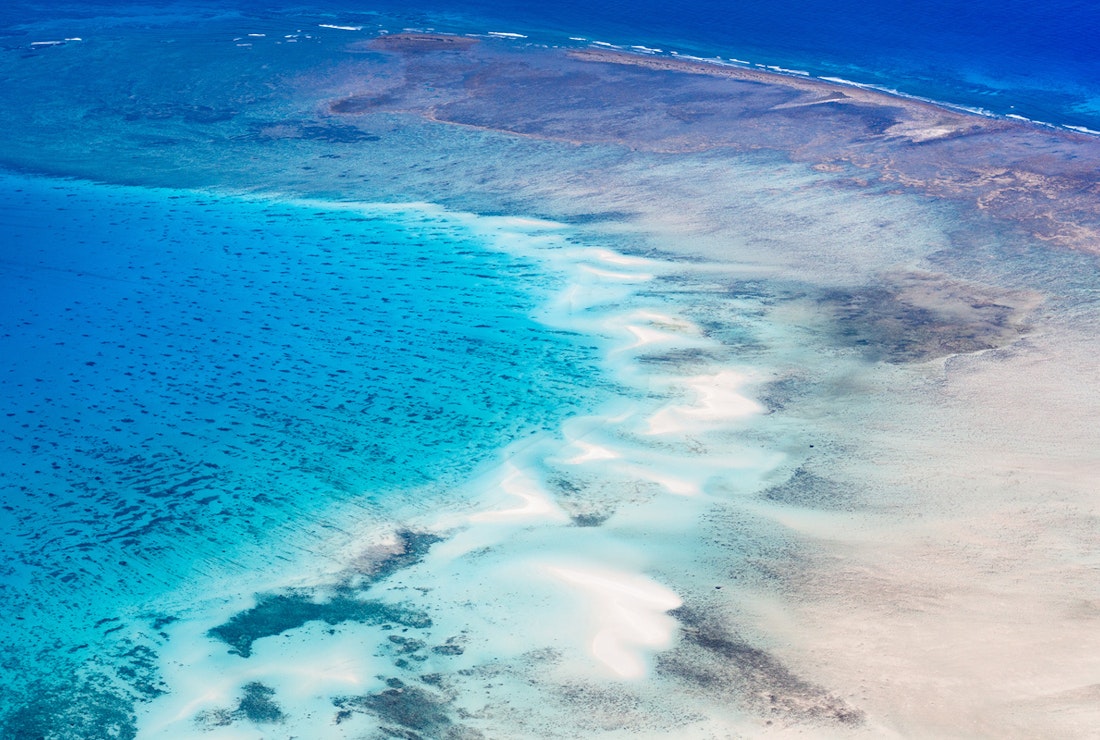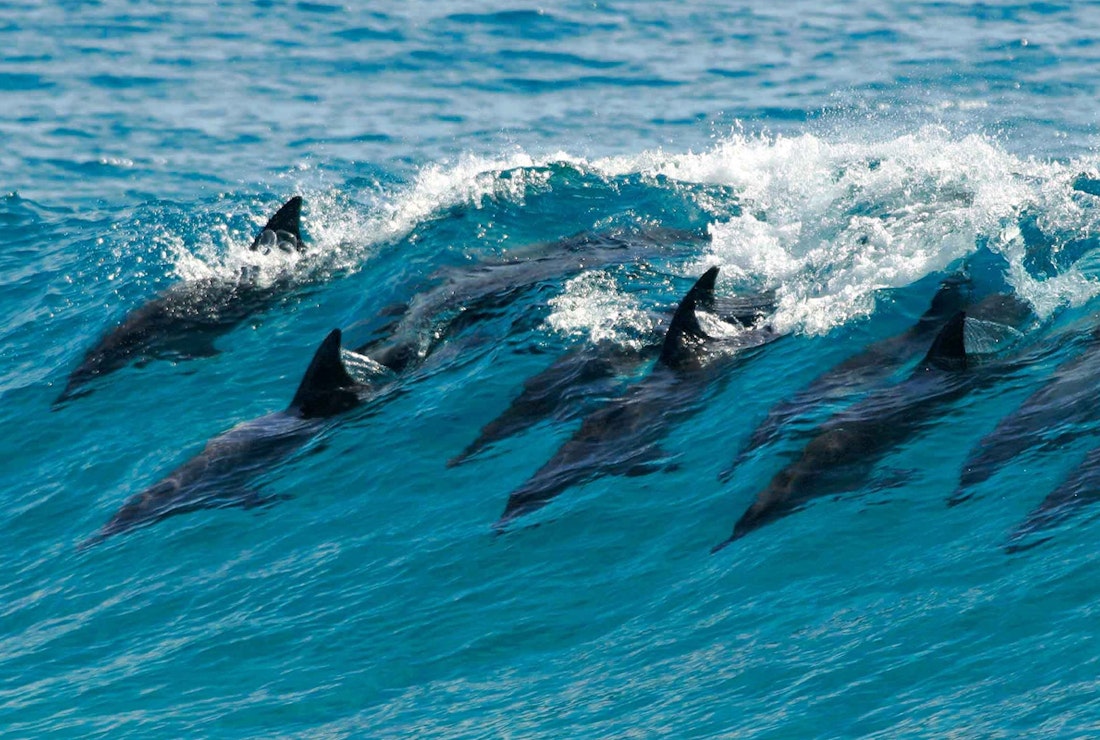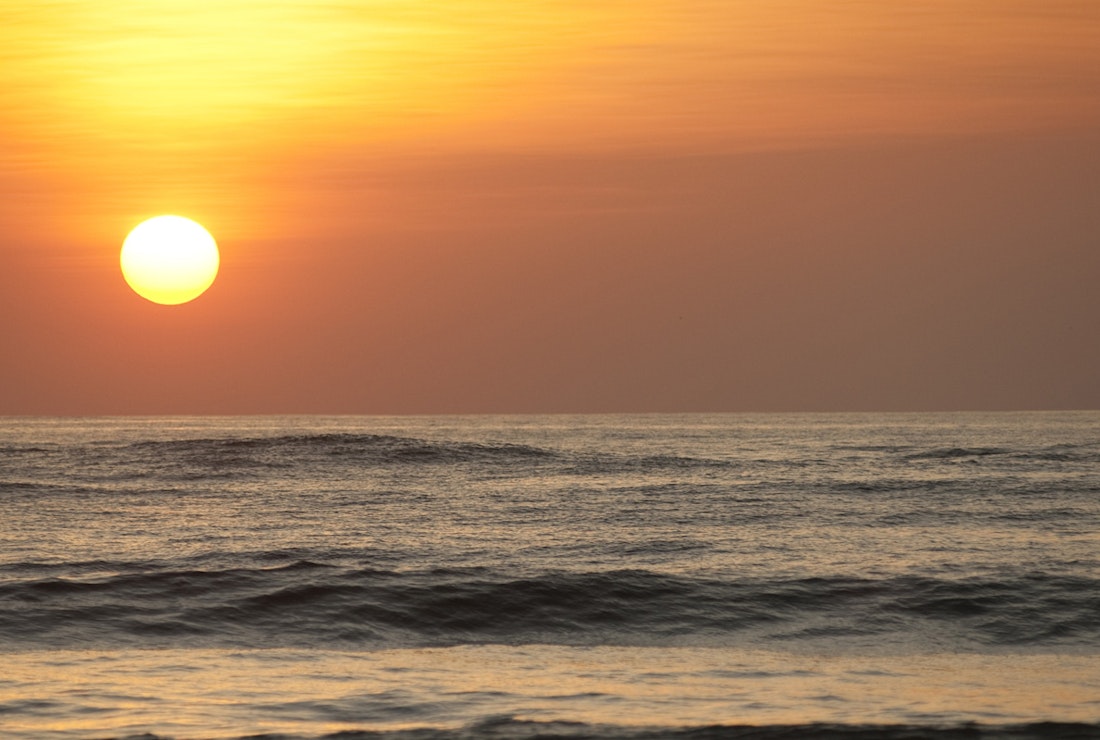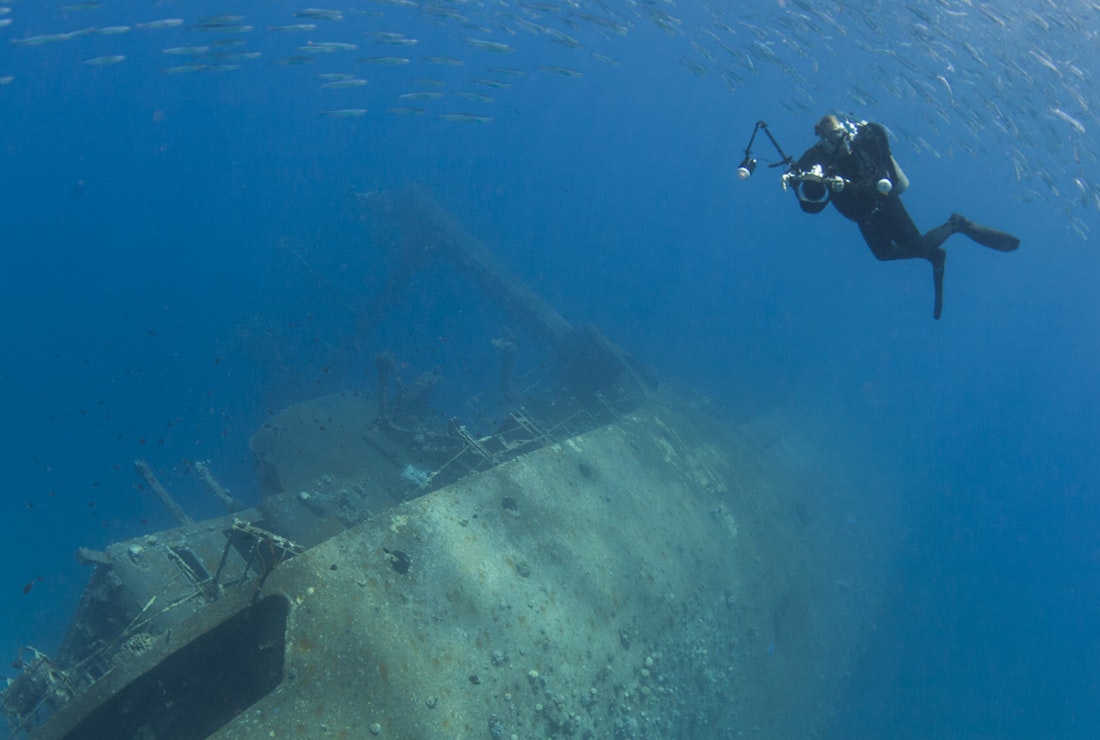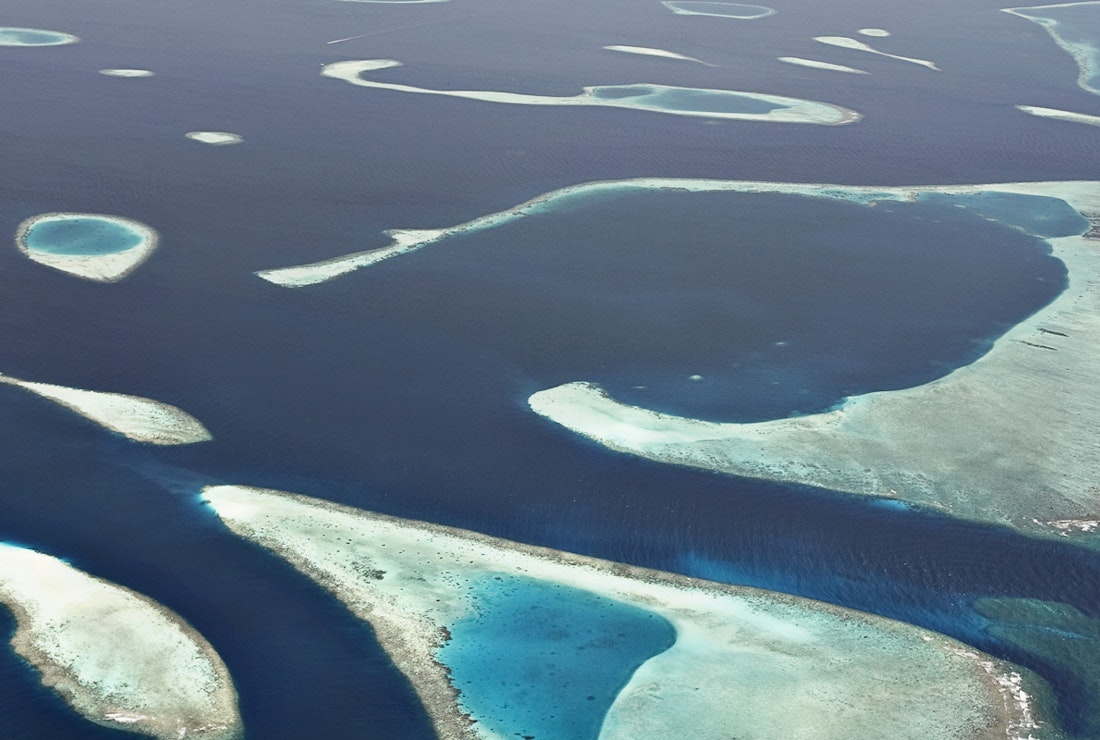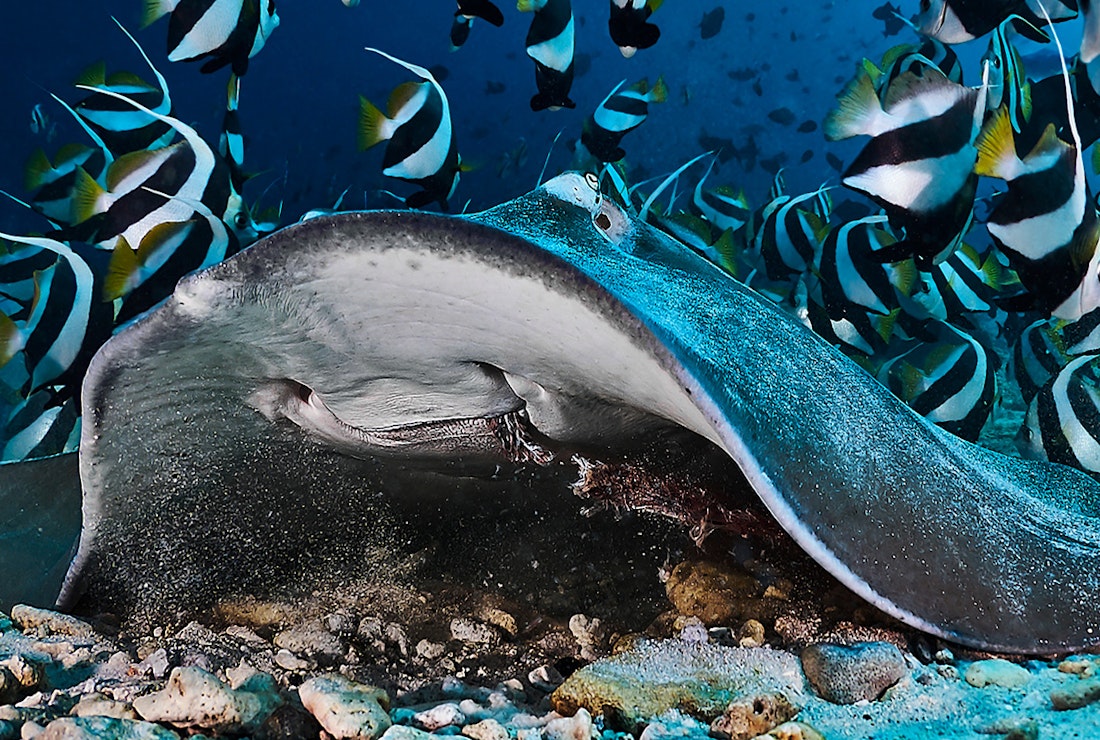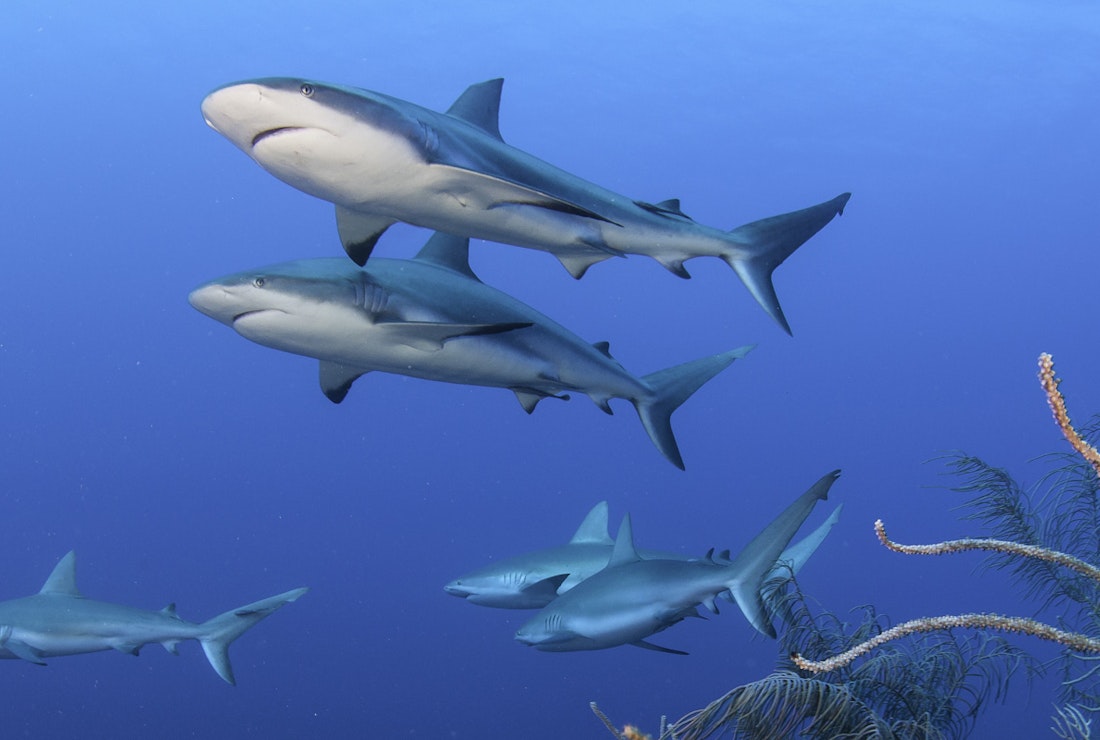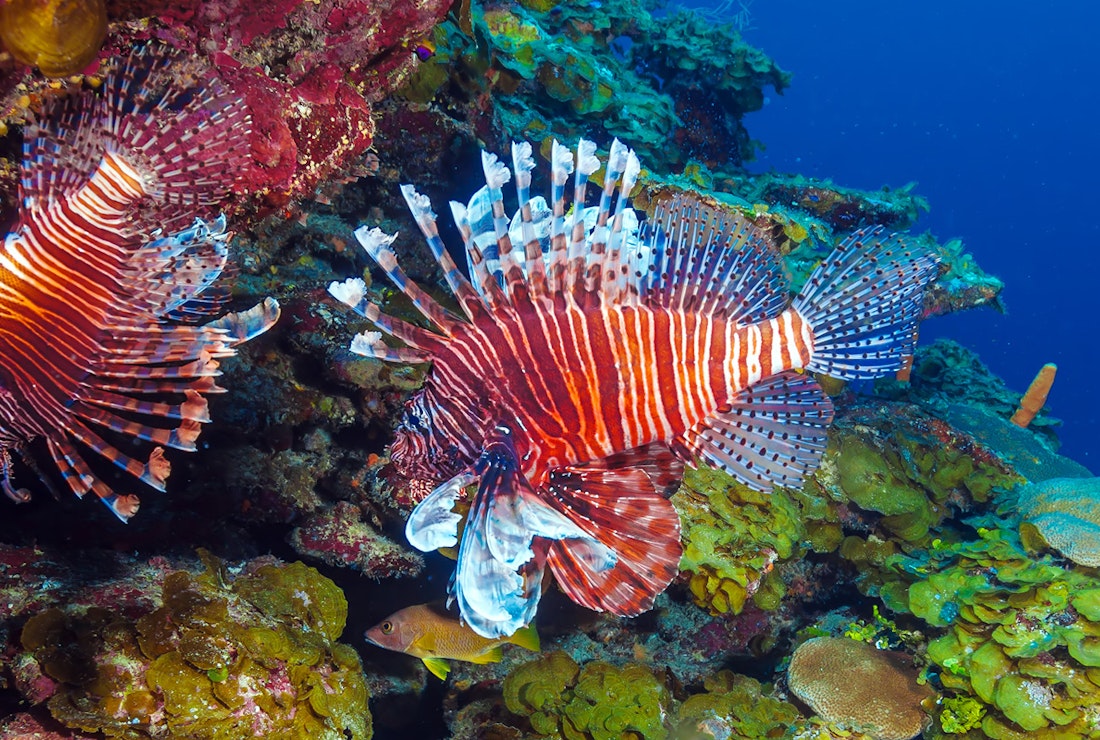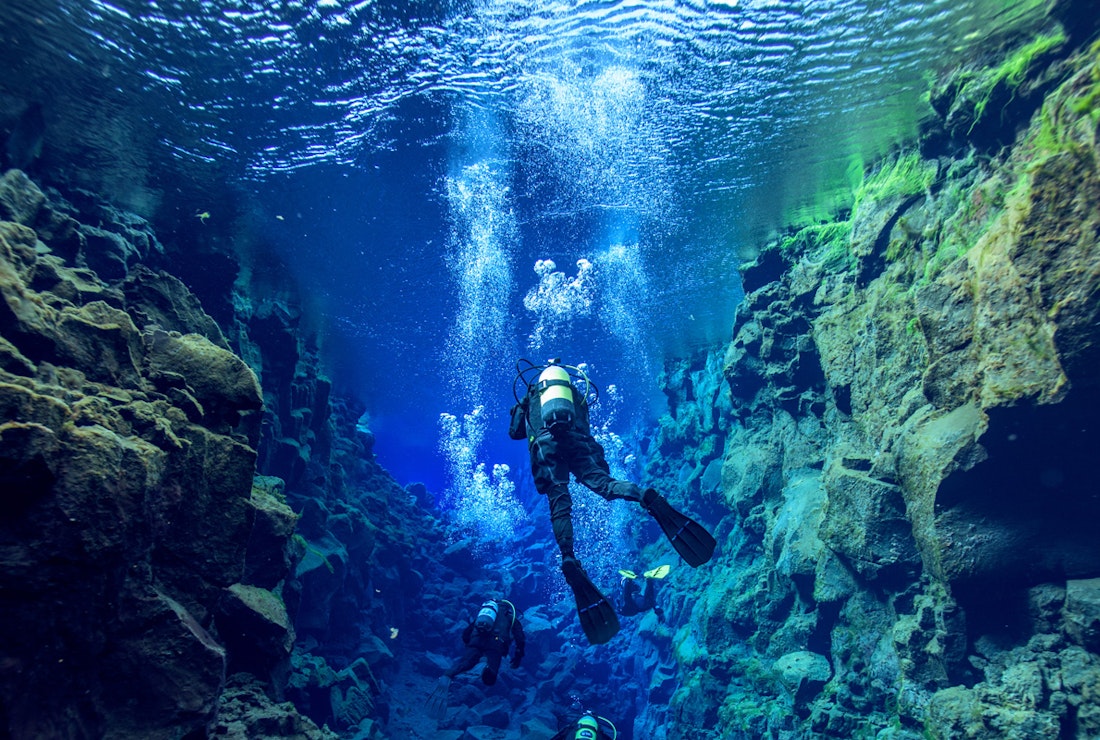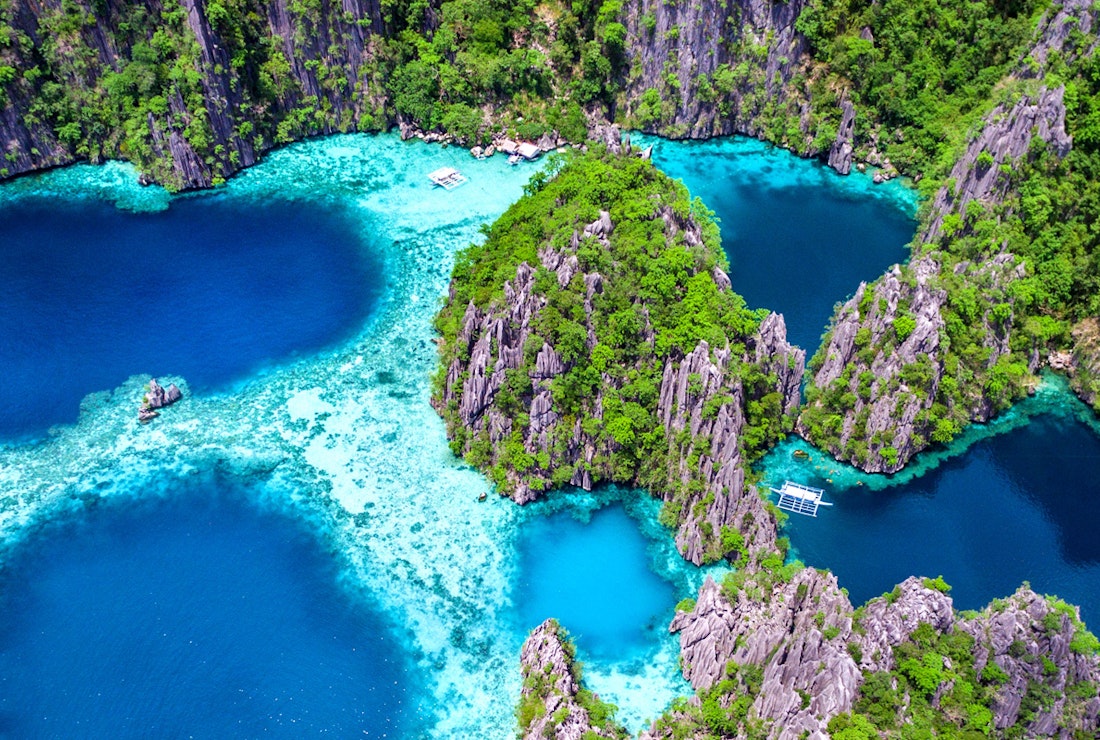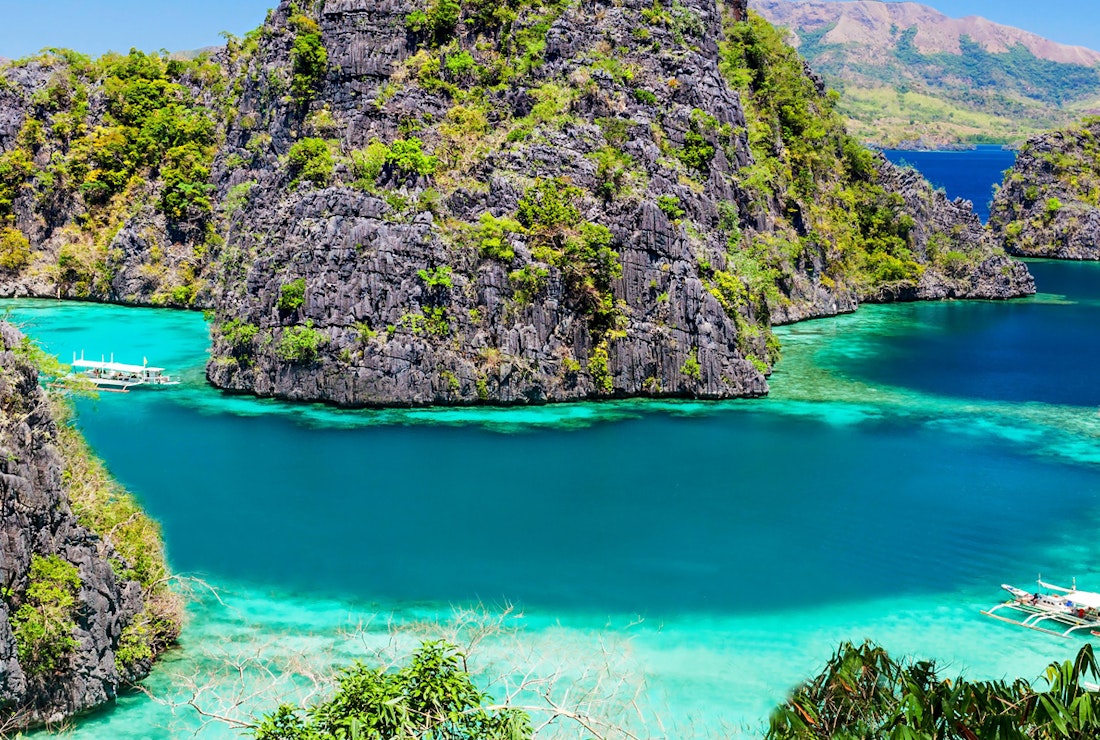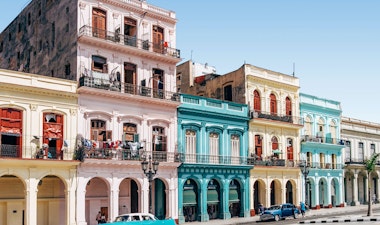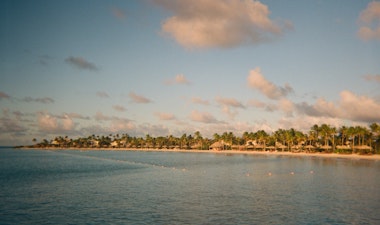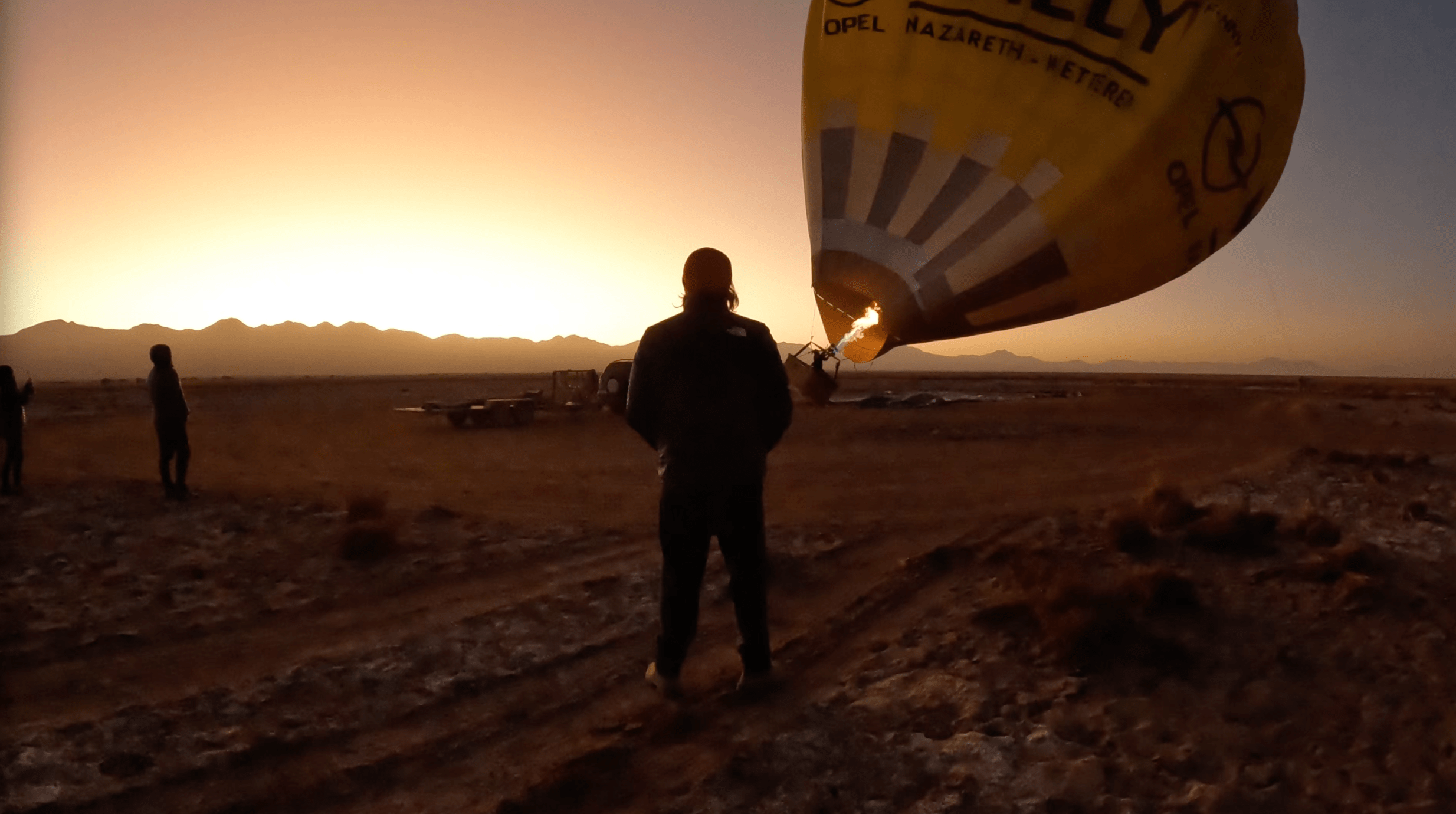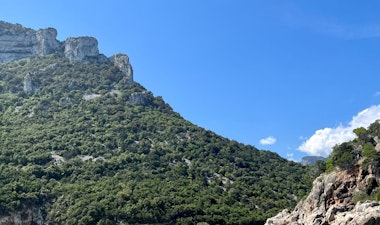Our Top Places to Scuba Dive (or Snorkel)
Picture this: You’re swimming in crystal clear waters above vibrant reefs and abundant ocean life, channelling your inner mermaid (or merman, your call), leisurely swimming through the ocean without a care in the world, maybe next to a whale shark , maybe a turtle. Maybe you’ll scuba dive, maybe you’ll snorkel. Either way, you’ll be discovering the incredible world beneath the waves, and to help you choose where to go we’ve picked our top diving hot spots.
From the tropical drop-offs of the Indian Ocean to the more obscure scuba hot spots (tectonic plate margin, anyone?) we’ve got it covered, so here are our favourite places to scuba dive (or snorkel)…
Quirimbas Archipelago, Mozambique
You will find the Quirimbas Archipelago situated off the northern Mozambique coast, with abundant marine life calling the surrounding drop-off reefs home thanks to the extensive conservation work. The Maluane Conservation Area consists of three islands, a 33,000 hectare safari and protected turtle nesting area on the mainland, but it’s the species of fish, humpback whales and endangered dugongs that have captivated many wildlife enthusiasts.
Diving with vast schools of kingfish is another reason to pay the Quirimbus Archipelago a visit, and whale sharks are often sighted in its warm waters. Some of our favourite dive sites are Neptunes Arm situated just off the coast of Vamizi Island and the 100-year old coal steamer wreck, and for something a little different the world-class dive centre on Ibo Island offers courses in digital underwater photography and shark conservation.
Quirimbas Archipelago, Mozambique (continued)
When to go: The best time to go is between May and September. The water is warm year-round, but the rainy season runs from November to April and winds are strong in February and August, affecting visibility.
What you can expect to see: Yellow fin tuna, marlin, manta rays, eight species of shark, whale sharks, barracuda, hawksbill turtles, dugong, pods of humpback dolphins and humpback whales.
Depth: Ranges from 5m to 40m+
Water temperature: 28°C
Experience level: All levels, but sites such as the Cliffs of Insanity are for advanced divers only as the depths range from 25 to 40 metres. You can expect to see plenty of Barracuda, too.
Cocos Island, Costa Rica
Situated in the golden triangle, 550km west off the Costa Rican coast, a long boat trip is required to get to Coco Island (the perfect excuse for a private yacht) – but don’t let the distance put you off. This is one of the most untouched diving destinations in the world, and you’ll be rewarded with an abundance of endemic species such as the red-lipped batfish, along with more familiar faces including marlin, sail fish and eagle rays.
The reefs surrounding Coco Island are also a hot spot for whale congregations, with many species such as orca migrating here to calve. Cocos Island is also famed for its dense population of scalloped hammerhead sharks, Bajo Alcyone is the best place to spot them, with mesmerising sights of sometimes hundreds of sharks and descending to the submerged mountain will put you in the prime location to see manta and mobula rays swirling into the cleaning stations.
Cocos Island, Costa Rica (continued)
When to go: The rainy season is considered the best time to dive, June to December, when the nutrient up swell and plankton bloom attract the sharks. Visibility drops to 10-15m, but this is due to the plankton, not rain. August to September are the most popular times to visit however June to July have calmer waters with a good chance of spotting the larger creatures.
What you can expect to see: Endemic species, sail fish, eagle ray, hammerhead sharks and orca.
Depth: 40m
Water temperature: The island is close to the equator so temperatures generally hover around 24 to 30°C, however these can drop dramatically to as low as 8°C due to thermoclines.
Experience level: Advanced divers — currents can be strong and the key sites tend to be in deeper waters.
Dive sites: 20
Gulf of Aqaba, Jordan
The Red Sea is renowned for being one of the best places to scuba dive in the world, but with most divers heading to Egypt’s coast to discover the reefs for themselves, fewer head to Jordan, making this a quieter scuba hot spot without compromising on world class dives.
Head to the Gulf of Aqaba; with over 30 dive sites dotted across the 25km stretch of the Aqaba Reef, this is one of the best places in the Middle East to discover one of the world’s most iconic and beautiful underwater haven. The fringing reef begins right on the shoreline and extends far into the sea with drop offs and multiple wrecks attracting dense populations of fish, shark and ray.
Gulf of Aqaba, Jordan (continued)
When to go: Aqaba offers year round diving with temperatures never dropping below 18°C in the winter. The peak seasons are April to June and September to November, with the latter considered the best time for diving.
What you can expect to see: An array of aquatic life from tiny vibrant fish to moray eels and some pretty cool wrecks, such as a sunken American M-42 Duster army tank. Aqaba is better known for its selection of macro fish as opposed to huge rays and sharks, although the occasional whale shark passes through during the plankton bloom.
Depth: Most sites are slopping reefs from the shore with depths of 0 – 40m. Some wrecks can be found in deeper waters, though most are less than 40m.
Visibility: 30 to 40m on a very calm day. Visibility goes down to 15 to 20m during the plankton bloom, but with increased chances of spotting a whale shark.
Water temperature: 18°C in winter to 26°C in the summer
Experience level: All levels, but offers great diving for advanced levels
Dive sites: 25
North Male Atoll, Maldives
Also known as North Kaafu, the North Male Atoll is widely regarded as the best Atoll in the Maldives for scuba and diving is typically characterised by caves, current-swept channels and reef drop offs.
Okobe Thila is situated inside the Atoll to the west of Lankanfushi and isone of the top dive sites, consisting of three main coral-lined pinnacle sections, with vibrant colours attracting a huge range of wildlife, particularly white-tip reef sharks and tuna, not to mention turtles, manta rays and banner fish. You’ll also want to take a trip to Manta Point, a cleaning station in the south east of the North Atoll and a top spot for getting up close with an abundant population of Manta Rays.
North Male Atoll, Maldives (continued)
When to go: Although the diving is amazing year-round, the visibility is better during the drier months, between November to May.
What you can expect to see: Manta ray, moray eel, turtles, octopus and reef sharks.
Depth: 5m to 40m
Visibility: 10m t0 30m
Water temperature: 26 to 29°C
Experience level: All levels
Dive sites: 35
Jardines de la Reina, Cuba
A small archipelago situated just off Cuba’s southeast coast, Jardines de la Reinas (Gardens of the Queens) is the best diving location in Cuba and widely regarded as one of the top spots in the Caribbean. The waters surrounding Cuba are home to almost 100 of the 500 species of shark, and the Cuban government have introduced new measures to conserve and protect the endangered species of shark along with restricting the fishing of all sharks.
Some of the best sites within the gardens are Black Coral I and II, with large populations of silky sharks and Caribbean reef sharks, both of which are generally not aggressive although are somewhat curious. Another great spot is Farallón, a coral mountain with its peak 15m below the surface and its base 30m below on the ocean floor. It’s a great place to spot rays, turtles, sharks and large schools of jacks and grunts.
Jardines de la Reina, Cuba (continued)
When to go: A year-round diving destination, however, the dry season falls from December to April. Hurricane season is typically from June to November, but Cuba has a very low frequency of tropical storms in comparison to other Caribbean islands, and July to November is when you’ll be most likely to spot whale sharks passing through the Jardines de la Reina.
What you can expect to see: Sharks, particularly the smaller species, turtles, rays, lobster, barracuda, snapper, grouper and the occasional hammerhead or whale shark.
Depth: 5 to 40m
Visibility: 15 to 40m
Water temperature: 23 to 29°C
Experience level: All levels
Dive sites: 30
Cozumel Reef National Park, Mexico
Cozumel Island, aka the ‘Island of the Swallows’, is situated six miles off the coast of Mexcico’s Yucatán Peninsula, lying within the boundaries of Cozumel Reef National Marine Park. The park consists of 29,600 acres of ocean, beaches and mangroves, protecting much of the Meso-American reef system which is the second largest barrier reef in the world, after Australia’s Great Barrier Reef, stretching for almost 700 miles.
The reef’s waters are thought to be currently home to 262 species of fish, some endemic to the island, and 105 different types of coral and there are countless spectacular dive sites, but it’s the encounters with the majestic whale sharks that have us hooked.
Cozumel Reef National Park, Mexico (continued)
When to go: December to August are the better months to visit, with the rainy season somewhat reducing visibility between September and November.
What you can expect to see: Eagle rays, angelfish, parrot fish, moray eels, hawksbill turtles, lobster, octopus and even long snout seahorses.
Depth: 5 to 40m
Visibility: 24 to 3om
Water temperature: 24 to 29°C
Experience level: All levels. There are also some incredible sites for advanced divers.
Dive sites: 36
Silfra, Iceland
The intrepid diver’s dream, our number one dive spot happens to be where the Eurasian and North American continental plates meet. One of the world’s most unusual and incredible dive sites, the Silfra Rift, is an 18m deep lava ravine situated on the Reykjanes peninsula in southwest Iceland.
The water in the Silfra Rift is a mixture of both fresh and salt water, with salt water washing in from the ocean and fresh water being washed down from the Langjökull glacier, and its some of the clearest, freshest water in the world — perfect for diving. What Silfra lacks in reef it makes up for in rocky crevasses and icy blue hues, with the experience of diving between tectonic plates a reason in itself to head to Iceland.
Silfra, Iceland (continued)
When to go: All year round, however we love the novelty of diving the Silfra Rift at night during the midnight sun in the summer months.
What you can expect to see: Although the nearby Thingvellir Lake is home to an array of fish species such as trout, the fish don’t tend to swim into the Silfra fissure. You won’t spot any wildlife, but you will see an abundance of bright green “troll hair” and different types of algae that provide a unique, alien like underwater landscape.
Depth: 7 to 18m
Visibility: Over 100m — this is some of the clearest water in the world thanks to the cold climate and the glacial fresh water filtered through lava for 30-100 years, before it seeps into the fissure through underground wells.
Water temperature: 2 to 4°C
Experience level: All levels
Dive sites: 1
Coron Bay, Palawan, Philippines
The beautiful islands of Palawan are famed for their incredible beaches and calm waters, but it’s the diving that has us hooked. Also known as the Calamain Islands, Coron consists of over 80 islands and islets in the north of Palawan, all with a great selection of dive sites and reefs.
The shipwrecked Morazan Maru off the coast of Coron Bay which sunk during World War II lies 25 metres beneath the surface hosting an array of aquatic life, from turtles to hammerhead sharks and devil rays to sea snakes (apparently snakes weren’t scary enough). One of the Philippines’ most popular dive sites, this corner of Asia is suitable for diving year-round, but April to June is our preferred time when the monsoons are at bay
Coron Bay, Palawan, Philippines (continued)
When to go: During the dry season, from October to June
What you can expect to see: Giant clams, turtles, leopard sharks, puffer fish, eels and the occasional guitar shark.
Depth: 5 to 40m
Visibility: Up to 40m
Water temperature: 25 to 27°C
Experience level: All levels
Dive sites: There are countless dive sites, but three of our favourites are the Bugor Reef, Seven Islands Reef and Kalambuyan Reef, along with dozens of Japanese shipwrecks from World War II.




